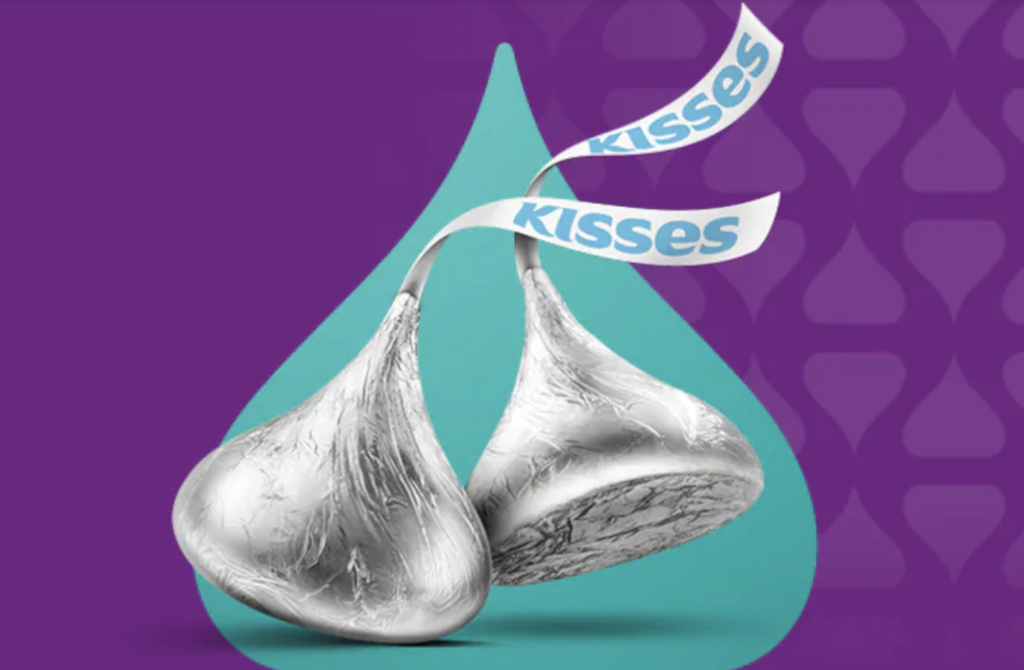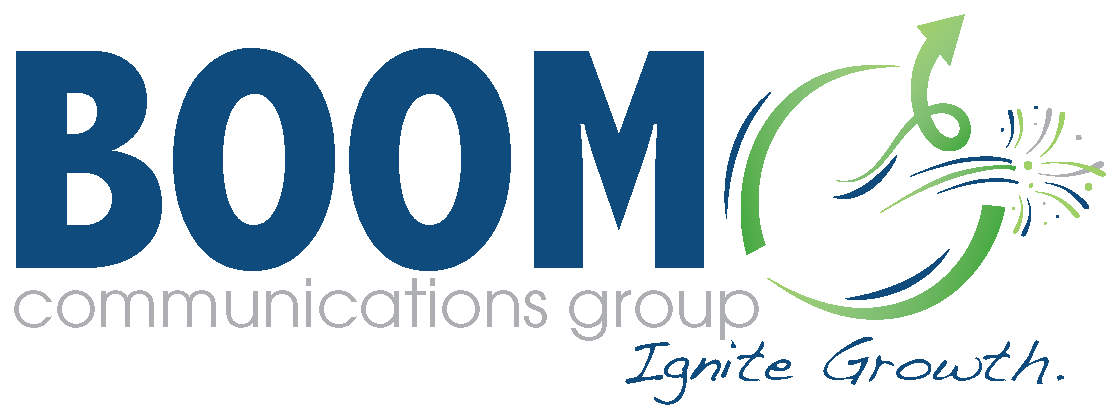
Why do some customers choose Coca-Cola over Pepsi? What makes people want to purchase a magazine from Books-A-Million over Barnes & Nobles? Competing brands are always trying to find new and unique ways to make them stand out from their competition. With an increasing number of marketing channels available, you have more opportunities for promoting your brand and showing what makes you different through different types of product differentiation.
Learn how to identify what makes your products and services different and how to market those features to your audience to increase sales.
Key Takeaways:
- Product differentiation sets your products apart from similar products and brands and increases your customer loyalty
- You either differentiate your product vertically by quality or horizontally by unique features
- Find what makes your products different by asking customers or performing A/B testing
How Businesses Can Use Types of Product Differentiation in Marketing
Product differentiation is how you make your products stand out from your competition. Product differentiation can be a single feature or a list of contributing factors consumers consider when deciding whether your product is superior or a better deal than similar products.
Some of the reasons you should use product differentiation include:
- Distinguishing your product from competing products
- Giving you an advantage over other brands
- Adding value to your product
- Encouraging greater loyalty from buyers for being unique
Vertical Differentiation vs. Horizontal Differentiation
There are two primary types of product differentiation: vertical and horizontal.
Vertical differentiation is a hierarchy of products and brands. These are features and brands that make one product better than another. It is like a ladder of products, and your goal is to climb higher on the ladder.
For example, name brand products are higher on the vertical differentiation ladder than generic brands. Vertical differentiation factors include your product’s quality and demand.
Horizontal differentiation is how you distinguish yourself from brands on the same level as you. Instead of climbing above your competition, you want to move horizontally away from your competition by showing how you are unique.
For example, McDonald’s and Burger King are similar fast-food burger restaurants. However, they distinguish themselves through unique branding, food options, and marketing techniques.
Sometimes you will have mixed differentiation. Mixed differentiation uses features from both vertical and horizontal strategies to show how you are both better and unique from your competition.
How To Find Your Product Differentiation Factors
Your product differentiation factors aren’t what you think is unique but what consumers find special enough about you to spend more for your product than your competition. Use these three methods for identifying possible differentiation factors that resonate with your audience:
Read Consumer Feedback
The easiest way to find what is unique about your products is to read comments from satisfied customers. Feedback often includes what buyers liked about your brand and products over other products they tried.
If multiple people mention the same features or contributing factors, those can become central to your product differentiation strategy.
Perform A/B Testing
A/B testing is central to marketing because it allows you to try several strategies and see which efforts yield the best results instead of guessing. For example, if your product has several unique features, you can run several campaigns. Each campaign can focus on a different differentiation factor.
Track the results of your campaigns and see which one performed the best for an idea of what features your consumers respond most to.
Create a Differentiation Factor
If your consumers don’t think your current features are unique enough to choose you over your competition, you can create your differentiation factor. For example, you might change your packaging and appearance, offer a free add-on, or support a cause with some of your revenue.
5 Types of Product Differentiation in Marketing to Use in Your Business
Test these five product differentiation strategies to find what resonates best with your audience.
1. Design Your Product to Look Different
If your product has very little to distinguish it from your competition, you can make yourself unique by changing your design and branding.
For example, Hershey KISSES wanted to show how their chocolates differed from their competition. They developed the famous and easily recognizable drop-shaped chocolate that thousands of customers grew to love. This iconic look separated them from other chocolate brands and made them more valuable and desirable.

2. Focus on What Makes Your Brand Different
Sometimes the most distinguishing factor isn’t your product but the brand selling the product. For example, when Nike sells its shoes, it often spends more time selling an experience, name, or bragging rights than specific features of its shoes.
Another famous rivalry in the fashion industry is Luis Vuitton vs. Gucci. Why do customers choose one brand over another? While there are a few distinguishing features between the products, most customers shop by the brand name rather than those features.
Gaining a brand following instead of marketing individual products requires relationship building. When you attract loyal customers, they are more likely to purchase your products because they trust your company rather than because it is different or better than your competition.
About 84% of U.S. consumers are loyal to brands. If they enjoy their shopping and customer service experiences, they are five times as likely to return to your brand and spend more on products for that experience.
3. Emphasize Your Unique Product Creation Process
Not all differentiation factors are visible to consumers. Most of what makes your products and services different occurs behind the scenes. Customers will not know those factors unless you include them in your marketing and branding.
For example, telling your customers that a product is handmade or that a leader in your industry wrote a magazine article are ways to distinguish your product from others.
About 71% of customers would rather support businesses with the same values. As a result, many companies adopt more sustainable practices to support environmental causes and appeal to customers who care about how their products are manufactured.
Another example of product differentiation is Rothy’s, whose primary focus isn’t their quality or appearance. Instead, it is that they make their shoes from recycled plastic.

4. Highlight Special Features
While you may be tempted to market your products and services by highlighting all their features, that isn’t always the best approach. If most of your features are standard for similar products, you don’t need to repeat that information in all your ads and marketing content.
Instead, focus on what features are different from your competition.
For example, HubSpot and Salesforce are two of the top CRM platforms for sale and marketing teams, with very similar features and ratings. However, HubSpot focuses on how user-friendly they are and is an all-in-one solution since most of its features come as packages. This resonates well with small and medium-sized businesses. On the other hand, Salesforce markets its scalability and business growth features, appealing to larger enterprises.
5. Create Greater Value
If you aren’t selling your product because consumers don’t think it is unique enough on its own, you can focus on what customers get when they purchase it.
Some examples of add-ons that can make your product more appealing include:
- 24/7 customer support
- Warranties
- Free gifts
- Discounts or coupons
- Free shipping
Find Your Differentiation Factor
At BOOM Communications Group, we understand what your business needs to grow. Our unique marketing solutions use innovative advertising and industry-leading strategies to ignite growth and differentiate you from your competition.
Contact us to learn more about our business growth, sales, and strategy solutions.
